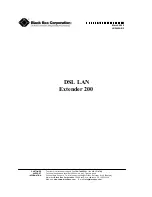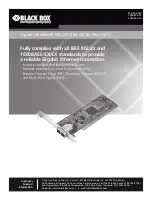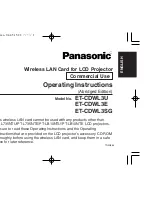
18
MDE-LEDI-NETWORK-TDS-4099V3.0
The aim of synchronisation is to reduce offset and drift as much as possible. The accuracy
and stability of the client clock are closely related to the efficiency of the reduction process.
3.4. NOTIONS OF THE NTP PROTOCOL
NTP (Network Time Protocol) allows time synchronisation of different devices via an IP
network.
Several communication modes are possible in NTP. They are described below.
The time information exchanged over the network is in UTC (GMT+0). Therefore, clients
(e.g., clocks) have to convert this time using their own time zone information. Section 3.1.
Time zones
explains how time zones function.
A signature can be included in NTP time packets. When present, the receiver can verify the
identity of the sender and ensure the authenticity of the packet. In order to a receiver to verify
a signature, the same secret 128-bit key must be configured on the client and the server to
the same key number (from 0 to 4294967295 (2
32
numbers)) and the initiator of the
communication must be configured to use this key number. The identification codes contain
the key number and the signature (128-bit MD5 hash) of the packet (see section 5.2.6. "NTP"
page).
In addition to the NTP client software for Windows issued by Gorgy Timing (Gt Synchro),
other NTP client software for various devices can be found at
www.ntp.org/software
.
















































